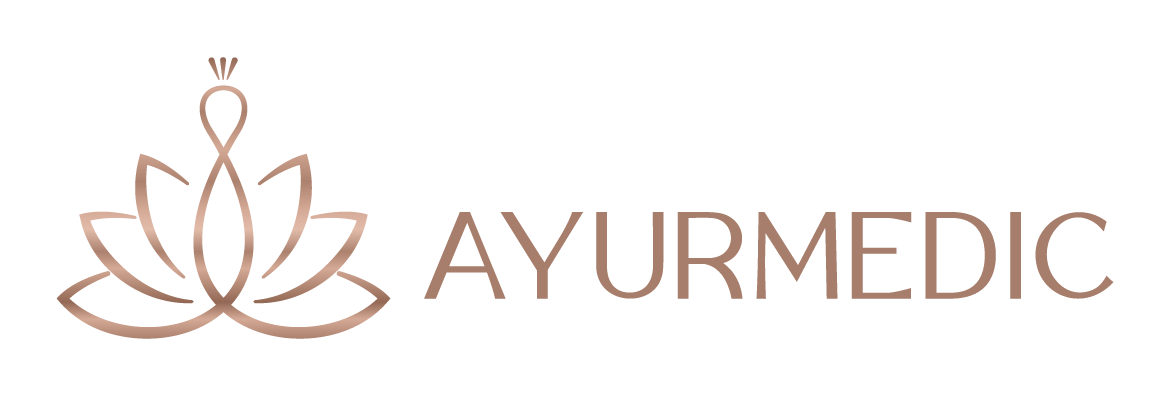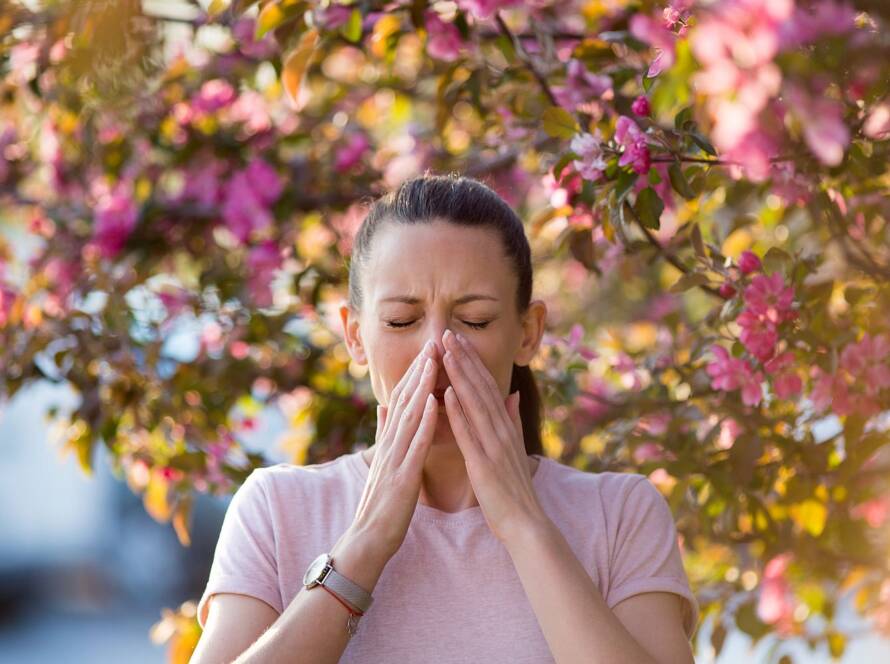According to the WHO, respiratory diseases are those that affect the airways, including the nasal passages, bronchi and lungs. They range from acute infections such as pneumonia and bronchitis to chronic conditions such as asthma and chronic obstructive pulmonary disease.
Infectious diseases are caused by pathogens such as bacteria, viruses or protozoa. Most micro-organisms and dust are retained by the mucous membrane of the upper airways, neutralised and removed with the mucus. However, some micro-organisms that enter the respiratory system can cause influenza, tuberculosis, pharyngitis, diphtheria and other diseases
There are airborne and droplet-borne infections: respiratory infections are spread by direct contact with the patient (coughing, sneezing or talking); droplet-borne - by contact with objects used by the patient.
Influenza and ARVI (acute respiratory viral infections) are caused by viruses and are spread by respiratory routes (household routes of influenza are also possible, for example through household items). Influenza viruses persist in the secretions, cleft throats and saliva of sick people. When people sneeze and cough when ill, millions of invisible droplets containing viruses are released into the air.
What do you need to know about the flu? The onset of the illness is sudden, with the period from infection to the onset of clinical symptoms lasting from several hours to two days. The body temperature of the infected person rises rapidly to 39-40°C, with chills, body aches, weakness, headache, cough, runny nose.
Influenza is dangerous because of complications associated with imbalances in the functioning of internal organs such as the lungs, bronchial tubes and heart, and the development of rheumatic diseases. In order to prevent viral infections (which cause influenza and ARVI), great attention must be paid to prevention and the promotion of immunity. Ayurvedic therapies have a great role to play in this case, as they allow the elimination of excess mucus and the viruses living in it (a phase of Panchakarma - Vamana, which aims to cleanse the bronchopulmonary system and sinuses), activate natural defence mechanisms and strengthen the tissues in the body.
There are a number of herbal remedies: immune-boosters for prevention, and rescue remedies - to ease the course of diseases and speed up recovery, you can find them here.
Bronchial asthma is a lung disease in which the muscles that enter the bronchial walls contract and an asthma attack occurs.
Asthma triggers can include allergic reactions to household dust, animal hair or even plant pollen.



